Blue Screen of death – commonly referred to as BSOD – is one of the deadly issues you would not want to face. However, with the newer improvements in the technology, it is turning more less frequent. However, that doesn’t mean you will never come across the issue at all. Kmode exception not handled is one of the most common BSOD errors you may come across once in a while. How to fix the error? Well, the following tutorial may prove to be handy.
What is Kmode Exception and what causes it?
Well, the kmode exception not handled is a complicated error message and explaining it in a layman’s language may not be that easy. Put in a simple language, it can be explained in the following manner.
When applications overwrite one another’s memory, they can cause errors and create crashes. This can result in a crashed software and at times a Blue Screen of Death.
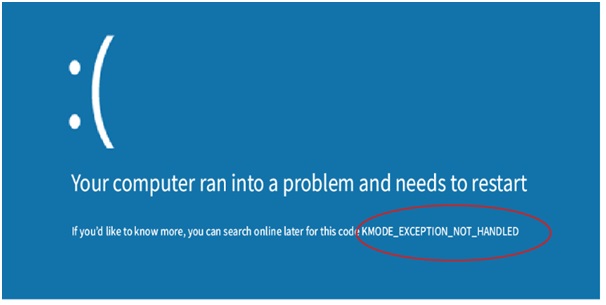
The major issue that can cause this BSOD syndrome is a problematic driver.
How to fix Kmode exception not handled?
There are several options that can address this concern. Let us check out a few options that you can make use of to resolve the issues.
Disable fast Startup
The issue can be caused as a result of the fast startup feature available on Windows 10. The feature is designed to provide you a quick recovery from hibernation and shutdown. However, it can be one of the best options to run your computer faster, it can force your troublesome driver to load and thus cause issues.
Disabling the Fast Startup can assist you in resolving the Kmode exception not handled error. Here is how you can disable the fast startup option –
- Go to Control Panel.
- Click on Power Options option.
- Click on Choose What Power Buttons Do.
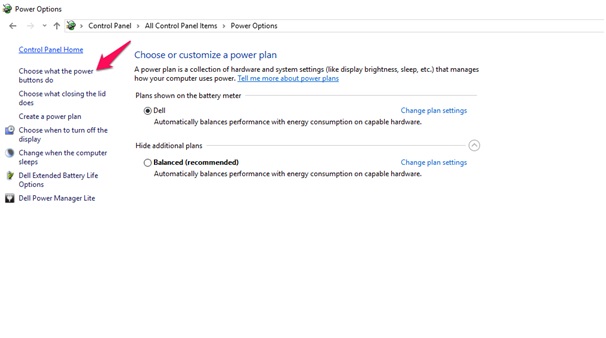
- Now choose Change Settings that are currently unavailable
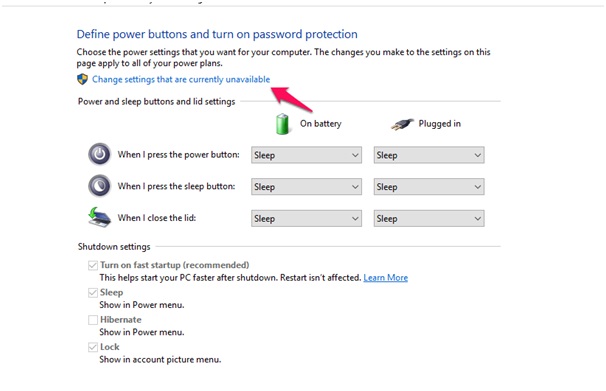
- In the next screen find the option for Turn on fast Startup and uncheck the box.
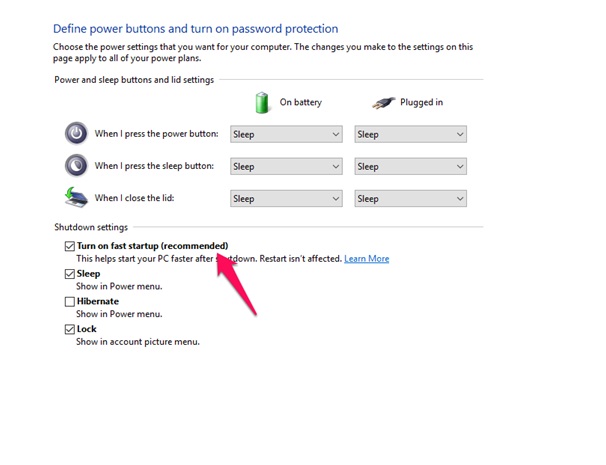
Save your changes and exit the Control Panel.
Update the Problematic Drivers
Like we already stated, this BSOD error can be caused as a result of a malfunctioning driver. Updating the driver that is known to cause the issues can help you address the concern easily. However, you need to find which driver is creating issues first.
Ideally, the error page should indicate the device or driver that could be causing the trouble. You should be able to find it followed by the Kmode exception not handled description.
Here are the steps you can sort out the issues by updating your driver –
- Log in to your computer in SAFE mode. How you log in to the safe mode will be dependent upon the version of the operating system you are running.
- Once inside the SAFE mode, press Windows key and X simultaneously.
- From the context menu that displays, choose Device Manager.
- Under Device Manager, look for Other Devices.
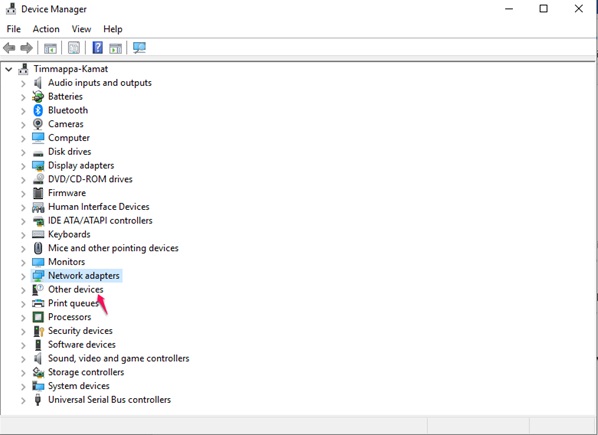
- Right click on the device and click on Update Driver.
- In the next screen, choose the option to Search automatically for updated driver software
- Wait patiently till the driver is updated.
Reboot your computer. You can update the driver for any of the other devices that you think can be troublesome.
Use SFC Scan option to sort out the issue
Yet another solution that can help you address the Kmode exception not handled is to let Windows resolve it on its own. You just need to tell it to take up the action.
Here is how you would go with it.
- Launch SAFE mode on your computer. Once again, let us make it clear that launching the SAFE mode is beyond the scope of this post. The methods may vary depending upon your version of the operating system.
- Launch Command Prompt. Make sure you are launching it as an administrator.
- Type in the following command and press ENTER –
sfc/ scannow
- Wait patiently till Windows scans your files and checks their integrity. This can help you get rid off the Kmode exception not handled error.
Please note that along with the kmode exception, it can also handle any other errors that may be plaguing your Windows system. It can take a while for Windows to complete the scan and repair tasks. Once the process is completed, reboot your computer for the changes to take effect.
If nothing works, you may need to consider updating the BIOS on your computer. The updates to BIOS will be dependent upon the motherboard on your computer. An old BIOS can be the root cause of the issue in a few cases.
Yet another option that can be helpful would be to opt for the clean install of your Windows operating system. However, you will need to reinstall all your applications once again. It can be a huge concern if you have a large number of apps on your device.
The Concluding Thoughts
Blue Screen of death errors can be quite scary. In many cases, these tend to be creating a loop and thus can be quite annoying. If you are facing the error and unable to find what is causing the issue, then the tips as offered in the above tutorial should come quite handy. Check out all the tips offered in this compilation and do let us know which among those tips appealed to you.
Which among the above methods did you find of practically useful in your case? Share your thoughts with us so that our readers will benefit.